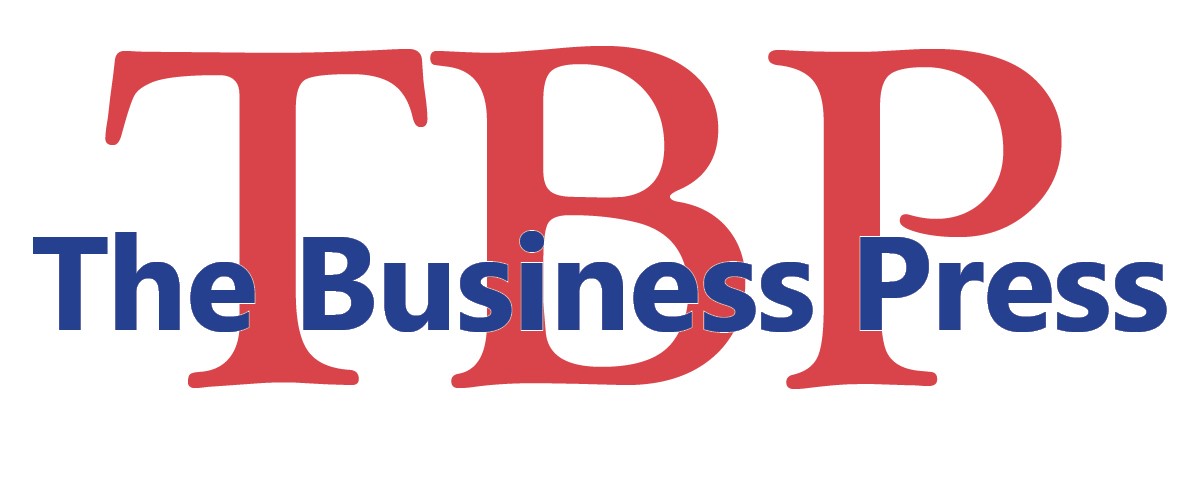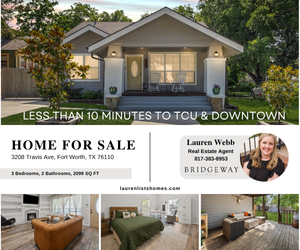A. Lee Graham lgraham@bizpress.net
It’s one thing to plan the future. It’s quite another to watch that future unfold, something that still takes Andy Taft’s breath away. “What we’ve seen in downtown is amazing,” said Taft, president of Downtown Fort Worth Inc., marveling at the urban center that once stood in the shadow of livelier suburban activity. Now the suburbs compete with downtown for retailers, residents and tourists as the nation’s 16th largest city celebrates its urban heart. Fort Worth’s latest success is Sundance Square Plaza, the cultural epicenter of the 35-block Sundance Square development. Featuring Bird Café, Taco Diner and Del Frisco’s Grille overlooking an umbrella-shaded courtyard, the plaza bordered by Third, Fourth, Commerce and Houston streets has drawn crowds since debuting beneath cloudless morning skies last November.
Since then, project planners and city leaders have watched crowds flock to the space. “It exceeded our expectations,” said Taft, who helped set the vision for downtown just a month later when the City Council approved a 10-year strategic plan released by Downtown Fort Worth Inc., a nonprofit downtown advocacy group, in partnership with the city and the Fort Worth Transportation Authority, or The T. The 65-page document outlined a “pedestrian-first” approach in advancing transportation, open space and public art, and business development and housing, among other priorities. The strategic-planning process occurs every decade as planners conduct public meetings before hammering out goals for the next 10 years. With Sundance Square Plaza teeming with activity and downtown named the nation’s top downtown for 2014 by the website Livability.com, folks near and far are coming to Cowtown. The Fort Worth Business Press asked Taft for his perspective on such accolades and on a community standing tall in the saddle.
Last year ended with a bang for downtown, with Sundance Square Plaza opening and drawing even more patrons to restaurants and businesses. Did you ever predict such renewed interest in an area that, back in the ‘80s, was a ghost town when employees left after the workday? For the people who created downtown Fort Worth, this is exactly what they were hoping to see. They started with a magnificent downtown that was clean and safe and had office buildings. They layered one thing after the other to build up to what we’ve got today. The 10-year plan we just published takes us from where we are today to 2023, and hopefully 10 years from now we’ll be looking back and saying look at where we are today.
And at that point, you’ll say how much better things are compared to back in 2014. No (laughs). What we’ll talk about 10 years from now are a lot more hotels and residential [options] downtown and school choices downtown and families with children. We’ll have new office buildings and the [Trinity] River will be more active. I think we’ll grow in all categories.
To what do you credit downtown’s popularity both during the daytime and nighttime? We have a broad mix of uses in downtown, from office to restaurants and retail and entertainment. We have a very broad mix of uses in an environment that is beautiful and very, very comfortable. That mix of amenities that has been created is attracting people. In fact, it’s so attractive that you see activity in the West Seventh and Near Southside areas, too, and I think you’ll see that energy at the Trinity River Vision area, too. At night, we have the highest concentration of restaurants and entertainment and free parking in a very beautiful and romantic environment.
You mean downtown in general, or a specific part of it? Downtown in general. And you have all those hotels so you have residential, day trippers into downtown and over 2,000 hotel rooms feeding into that beautiful, romantic environment.
Urban living seems to be gaining popularity as retired couples and young people alike leave the suburbs for downtown – or at least that was the expectation when urban townhomes and apartments opened. Has that actually happened as expected, or are fewer folks moving downtown than anticipated? It has. In fact, 15 years ago when Hillside [Apartments] was built by a local community partnership, they were saying the idea of living downtown was crazy. That has been completely turned around and now people are paying a premium to live downtown. We’re seeing a lot of development currently underway and more coming.
Sundance Square Plaza turned many heads when it opened last November. Now that a few months have passed, have crowds met or exceeded your projections? The physical development exceeded my expectations. You can look and talk about a plan, but when you see something like that in real life … I think it exceeded everyone’s expectations. As for its success, I was down for lunch the other day and it was packed. In the middle of the day, kids were running around the fountain. Who those kids were and why they weren’t in school, I don’t know. But it was great to see.
The West Seventh Street corridor has really gained momentum. Rarely does a week pass without news of a new taco joint or hip new office concept. Does that corridor pose any competition for downtown? What’s interesting is we track sales and since the ascendancy of the West Seventh Street area and Magnolia [Avenue], if you look at sales of all three areas, they’re all moving upward at a very nice pace. What’s happening is West Seventh and the Near South Side and the new restaurants and retail downtown, they’ve actually grown the pie. We have more people spending more dollars in the center city, and all the boats are being lifted. Are they competing? Yes, but we are growing a center city that appeals to a much larger crowd now.
Fort Worth has ranked highly on several recent rankings, such as taking first place on Livability.com’s top 10 Best Downtowns list. How important are such rankings, and how much weight do they carry, especially since most folks have never heard of Livability.com, for example. That’s a good question. I don’t know the answer. But I will say people look at those lists and investors get wind of that. The [Fort Worth] Chamber of Commerce’s young people’s professional group looked at Fort Worth’s national profile and they asked [Texas Christian University] to do a survey of people nationwide in cities that Fort Worth counts itself as a peer among. What are people in Nashville and Atlanta thinking, and what do young people know of Fort Worth? The answer was young people in those cities knew as little about Fort Worth as young people know about those cities. So there was a knowledge gap when it comes to what Fort Worth is and what Fort Worth is about. So anything that increases our profile in a good way is very positive. Does that mean that Livability.com will drive investment in our area? I don’t know the answer to that, but it does shine a spotlight on Fort Worth where there was no spotlight before. And it’s on a website that does get picked up.
ESPN returns to Sundance Square for live broadcasts during the NCAA Final Four this month. How important is its downtown presence? What does it mean for the city’s bottom line? I don’t know how to measure the importance, but the attention we got from hosting ESPN during the Super Bowl [XLV in February 2011] generated a lot of interest in Fort Worth. And property owners got calls from people who didn’t know what Fort Worth was. That level of exposure on national television creates an opportunity to shed light on Fort Worth and helps us establish our brand.
I realize it was out of Fort Worth’s control, but did the snowstorm that blanketed the area at that time hurt the city’s reputation in terms of securing future sports events? Even with that incredible snowstorm, hundreds of people showed up [at ESPN’s broadcasting site in Sundance Square]. You would have thought the sun was shining outside because Fort Worth turned out so many people. ESPN loved that.





